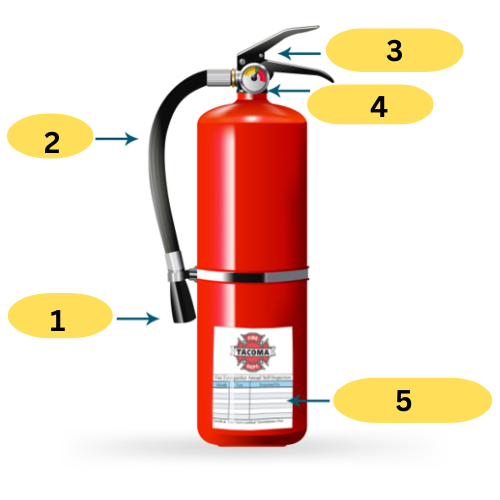WEEK 7 DRRR
1/25
There's no tags or description
Looks like no tags are added yet.
Name | Mastery | Learn | Test | Matching | Spaced |
|---|
No study sessions yet.
26 Terms
FIRE HAZARDS
Conditions that favor fire development or growth
Oxygen, fuel, and heat
usually involve the mishandling of fuel or heat
Source of ignition= Spark, flame and high temperature are needed
Fire
combustion is a chemical reaction between oxygen and a combustible fuel
Fire Triangle
illustrates the three elements a fire needs to ignite: heat, fuel, and an oxygen
The fire extinguishes by removing any one of the elements in the fire triangle
Types of Fires
Class A, B, C, D, K Fires
Class A Fires
solid materials such as wood or paper, fabric, and some plastics.
Class B Fires
Class C Fires
electrical failure from appliances, electronic equipment, and wiring
Class D Fires
metallic substances such as sodium, titanium, zirconium, or magnesium
Class K Fires
grease or oil fires specifically from cooking
Fuels
Solid
Liquid
Gases

fire extinguisher
nozzle
hose
pin and seal
gauge
inspection tag
PASS
pull, aim, squeeze. sweep
Class A fire extinguisher
contain water for use against fires involving ordinary combustibles like paper, wood, cloth, and most plastics
Class B fire extinguisher
use dry chemicals to put out fires caused by gasoline, oil, and solvents
Class C fire extinguisher
contain carbon dioxide for use against electrical fires
Class D fire extinguisher
spray dry powder on combustible metals like magnesium, titanium, aluminum, sodium, and potassium
Class K fire extinguisher
use a wet, potassium acetate-based, low pH urgent to put out “cooking” fires in which there are animal and vegetable oils and fats
Fire Detection Devices
smoke, heat, and flame detectors
Smoke detectors
require a flow of air in order to work well
Heat detectors
detect fires where there is no smoke activated by the significant increase of temperature associated with fire
Flame detectors
react to the movement of flames.
WATER (EXTINGUISHER)
CLASS A ONLY
DO NOT USE ON LIQUID OR ELECTRIC FIRES
FOAM (EXTINGUISHER)
CLASS A & B ONLY
not suited to domestic use
DRY POWDER (EXTINGUISHER)
EXCEPT CLASS F
can be used safely to 1000 volts
CO2 (EXTINGUISHER)
CLASS B AND ELECTRICAL ONLY
safe on both high and low voltage
WET CHEMICAL
CLASS A AND F ONLY
use on extremely high temperature